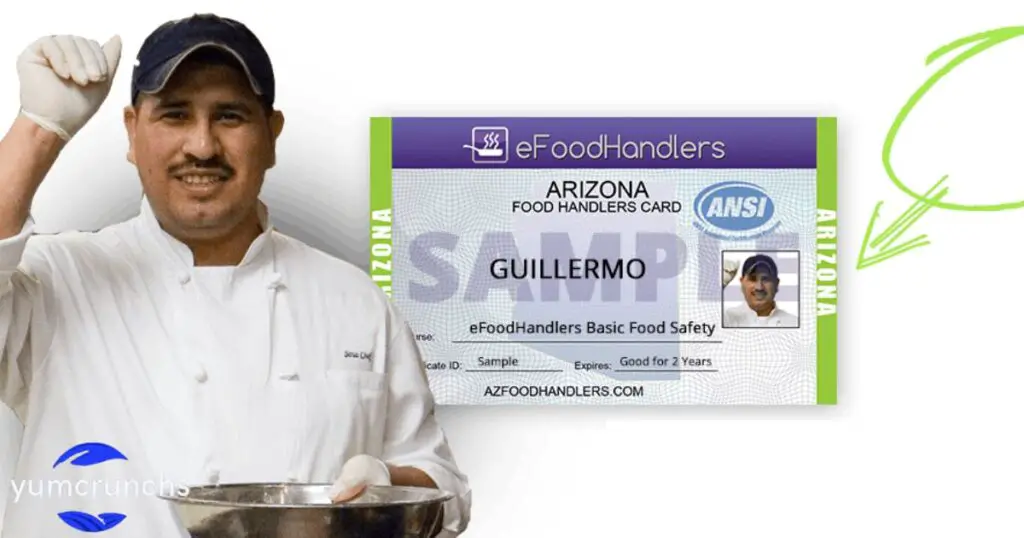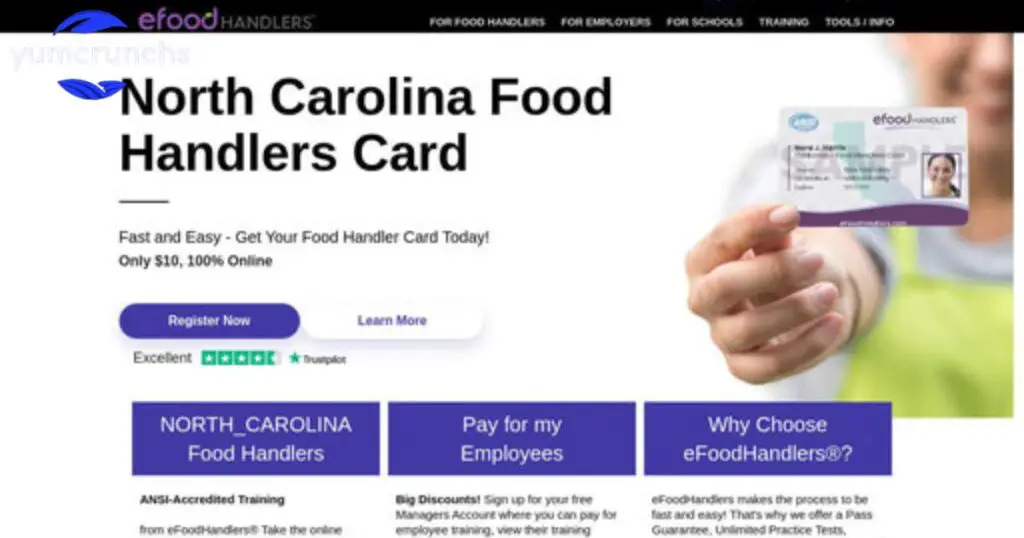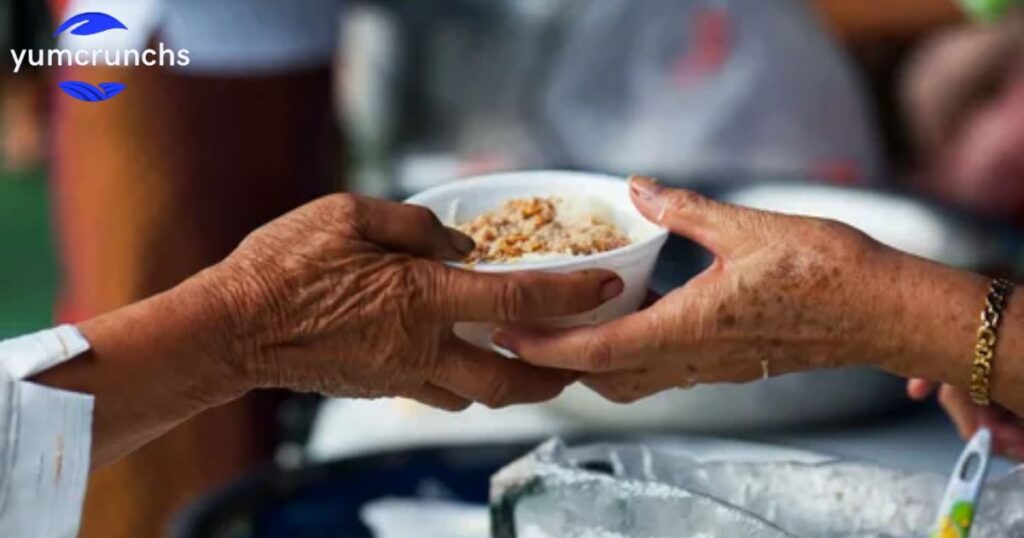Food safety is crucial for maintaining good health and preventing illnesses caused by consuming contaminated food. It refers to the practices and measures taken to ensure that food is safe for consumption and free from harmful pathogens, toxins, or other contaminants.
In today’s fast-paced world, with an abundance of food choices, ensuring food safety has become more important than ever. Poor food safety practices can lead to serious health issues, including foodborne illnesses such as salmonella or E. coli infections. Therefore, understanding the best ways to prevent poor food safety is essential for safeguarding our well-being and that of our loved ones.
By adopting proper food handling, storage, and preparation techniques, individuals can significantly reduce the risk of foodborne illnesses. This includes washing hands thoroughly, separating raw meats from other foods, cooking food to the correct internal temperatures, and refrigerating perishable items promptly. These simple yet effective measures play a vital role in preventing poor food safety and promoting overall health and well-being.
Prevent poor food safety with handwashing

Preventing poor food safety begins with proper handwashing. Wash hands before handling food to avoid contamination. Regular handwashing reduces the risk of spreading harmful bacteria.
Effective handwashing kills germs and prevents foodborne illnesses. Keep hands clean to maintain food safety standards. Consistent hand hygiene is crucial for public health safety.
When, where, and how to wash your hands
- Wash your hands before preparing food.
- Use soap and warm water for at least 20 seconds.
- Clean hands after using the restroom.
- Wash hands after touching pets or garbage.
- Remember to scrub between your fingers and under your nails.
- Always wash your hands before eating or handling food.
- Use hand sanitizer if soap and water aren’t available.
- Encourage children to wash their hands frequently.
- Avoid touching your face with unwashed hands.
- Wash hands after coughing or sneezing.
Other tips to prevent poor food safety
- Cook meat thoroughly to kill harmful bacteria.
- Store raw meat separately from ready-to-eat foods.
- Keep perishable foods refrigerated below 40°F (4°C).
- Use separate cutting boards for raw meat and produce.
- Clean kitchen surfaces with hot, soapy water.
- Avoid cross-contamination by washing utensils between uses.
- Check expiration dates on food packaging before consuming.
- Don’t leave perishable foods out at room temperature for too long.
- Rinse fruits and vegetables under running water before eating.
- Educate yourself about food safety guidelines from reputable sources.
Purchasing food from unsafe sources

Purchasing food from unsafe sources poses significant health risks. Buying from unlicensed vendors or suspicious outlets increases the likelihood of contamination. Such food might lack proper storage or handling, raising food safety concerns.
Unsafe sources may offer expired or improperly stored products, such as Does Food Color Expire?. These items can harbor harmful bacteria, leading to foodborne illnesses. It’s crucial to choose reputable sellers and inspect food quality carefully. Always prioritize purchasing from trusted establishments to safeguard your health.
Failing to cook food adequately
Failing to cook food adequately poses serious health risks. Insufficient cooking can leave harmful bacteria alive in the food. These bacteria can cause foodborne illnesses if consumed. It’s crucial to cook food thoroughly to ensure safety.
Follow cooking instructions carefully to avoid undercooking. Use a food thermometer to check internal temperatures for accuracy. Proper cooking kills bacteria and makes food safe to eat. Always prioritize thorough cooking to protect yourself and others from illness.
Holding food at improper temperatures
Holding food at improper temperatures can lead to health risks. Bacteria thrive in the temperature danger zone, between 40°F and 140°F. Keep hot foods hot and cold foods cold to prevent bacterial growth. Regularly monitor temperatures to ensure food safety standards are met.
Failure to maintain proper temperatures can cause foodborne illnesses. Store perishable foods promptly in the refrigerator to keep them safe. Avoid leaving food out at room temperature for extended periods. By following temperature guidelines, you can minimize the risk of foodborne illness.
Using contaminated equipment

- Wash equipment thoroughly after each use.
- Use separate cutting boards for meat and produce.
- Sanitize kitchen surfaces regularly to prevent contamination.
- Replace sponges and dishcloths frequently to avoid bacterial buildup.
- Store kitchen utensils in clean, dry areas.
- Avoid using damaged or cracked equipment.
- Wash hands before handling cooking utensils.
- Check equipment for cleanliness before each use.
- Use food-grade sanitizers to disinfect equipment effectively.
- Train kitchen staff on proper equipment cleaning procedures.
Poor personal hygiene
Poor personal hygiene poses food safety risks. Not washing hands properly spreads harmful bacteria to food. Neglecting personal hygiene increases the likelihood of food contamination.
Regular handwashing is crucial to prevent foodborne illnesses. Avoid touching your face and hair while handling food. Wearing clean clothes and aprons also helps maintain hygiene.
Get Our Food Safety Newsletter
Sign up for our Food Safety Newsletter to stay informed. Receive updates on food recalls, safety tips, and best practices. Our newsletter provides valuable information to keep your family safe.
Get the latest news and insights delivered straight to your inbox. Stay ahead of food safety trends and protect yourself from foodborne illnesses. Join our community of subscribers committed to safe food practices today!
Hawaii Food Handler Card: A Comprehensive Guide

The Hawaii Food Handler Card: A Comprehensive Guide provides essential information. Learn about food safety regulations, handling practices, and hygiene standards. This guide ensures compliance with Hawaii’s food safety requirements.
Discover the steps to obtain your Hawaii Food Handler Card. Access resources and study materials to prepare for the certification exam. Understand the importance of proper food handling to protect public health and safety.
Equip yourself with the knowledge and skills necessary to excel in food-handling roles. Gain confidence in your ability to maintain sanitation and hygiene standards. Get started on your journey towards earning your Hawaii Food Handler Card today!
Is a Food Handler’s Card the Same as ServSafe?
A Food Handler’s Card typically certifies individuals in basic food safety practices, covering topics such as proper handwashing, safe food storage, and preventing cross-contamination. It is often required by state or local health departments for those working in food service establishments, such as restaurants or cafeterias.
ServSafe, on the other hand, is a more comprehensive food safety certification program offered by the National Restaurant Association. ServSafe certifications are available at different levels, including Food Handler, Manager, and Alcohol. ServSafe Manager certification is typically required for individuals in managerial or supervisory positions within the food service industry. It covers more advanced topics such as foodborne illness prevention, HACCP principles, and food safety regulations.
5 Undeniable Benefits of Earning Your Food Handler Card

| Benefits | Meanings |
| Enhanced Safety | Ensuring safer food handling practices for consumers’ well-being. |
| Legal Compliance | Meeting regulatory requirements set by state and local health departments. |
| Career Advancement | Opening doors to job opportunities in the food service industry. |
| Personal Development | Learning essential skills for food safety and sanitation. |
| Confidence Boost | Building confidence in handling food safely and effectively. |
Top of Form Personal Hygiene for Food Handlers
Personal hygiene for food handlers is crucial for food safety. Proper handwashing prevents the spread of harmful bacteria to food. Food handlers should wash their hands thoroughly with soap and water.
Additionally, wearing clean and appropriate attire is essential. This includes hair restraints, such as hats or hairnets, to prevent hair from contaminating food. Maintaining good personal hygiene helps ensure the safety and quality of the food being served.
The “Big 6” Foodborne Pathogens: What to Know
| Pathogen | Meaning |
| Listeria monocytogenes | Bacteria r areesponsible for causing gastrointestinal illnesses. |
| Campylobacter jejuni | Bacteria causing Campylobacteriosis, a common form of food poisoning. |
| Clostridium perfringens | Bacteria are commonly found in the nose and on the skin, causing food poisoning. |
| Staphylococcus aureus | Bacteria r responsible for causing gastrointestinal illnesses. |
| Bacillus cereus | Bacteria found in warm seawater, lead to severe infection. |
| Vibrio vulnificus | Bacteria-producing toxins cause two types of food poisoning. |
Top of Form Oklahoma Food Handler Card: A Comprehensive Guide
The Oklahoma Food Handler Card: A Comprehensive Guide provides essential information. It covers food safety regulations, handling practices, and hygiene standards. This guide ensures compliance with Oklahoma’s food safety requirements.
Learn how to obtain your Oklahoma Food Handler Card with step-by-step instructions. Access study materials and resources to prepare for the certification exam. Understanding proper food handling is crucial for protecting public health and safety.
FAQ’s
What are the main symptoms of foodborne illness?
Common symptoms include nausea, vomiting, diarrhea, and abdominal pain.
Question: How can cross-contamination be prevented in the kitchen?
By using separate cutting boards for raw meat and produce.
Why is it important for food handlers to wash their hands frequently?
To prevent the spread of harmful bacteria and ensure food safety.
Conclusion
In conclusion, understanding the importance of food safety is paramount. By implementing proper hygiene practices and adhering to regulations, we can protect ourselves and others from foodborne illnesses. Let’s continue to prioritize cleanliness in our kitchens and remain vigilant about the safety of the food we handle.
As we reflect on the significance of food safety, consider how small actions can have a big impact. Every time we wash our hands or sanitize surfaces, we contribute to a safer food environment. So, what steps will you take today to ensure the safety of your next meal?

Daniel, a seasoned author with 8 years of expertise in SEO, brings a delectable blend of culinary flair and digital finesse to the food niche on his website.



